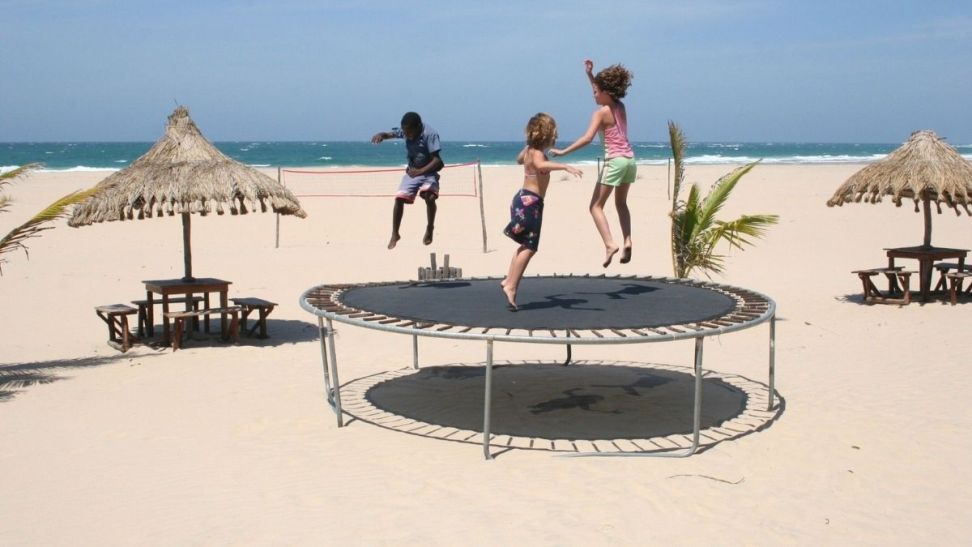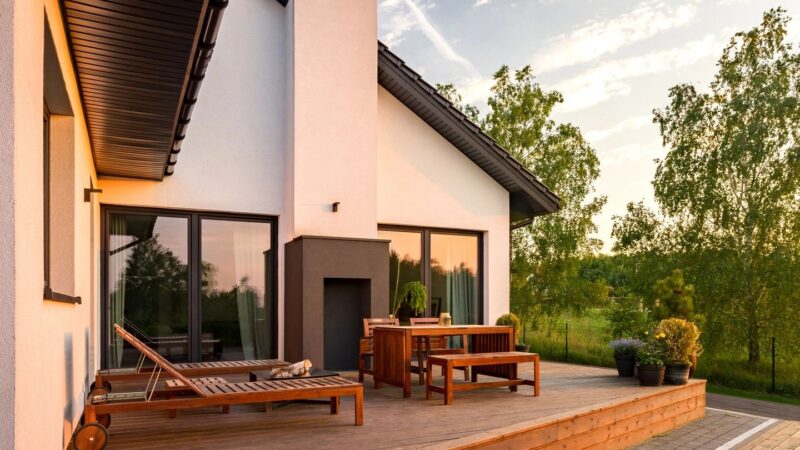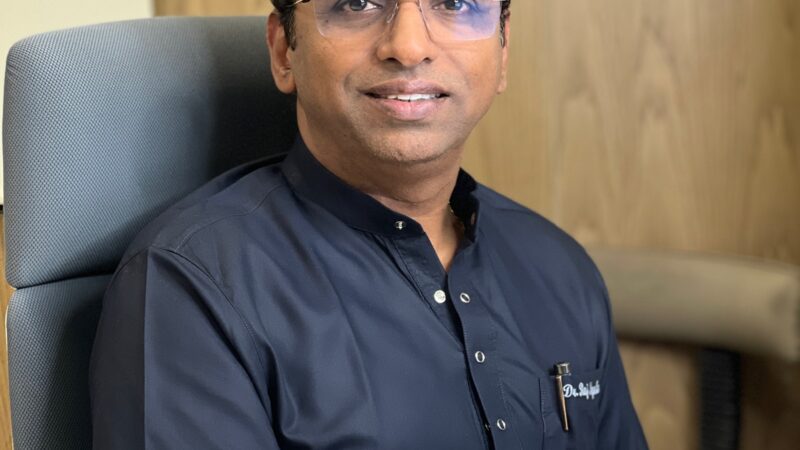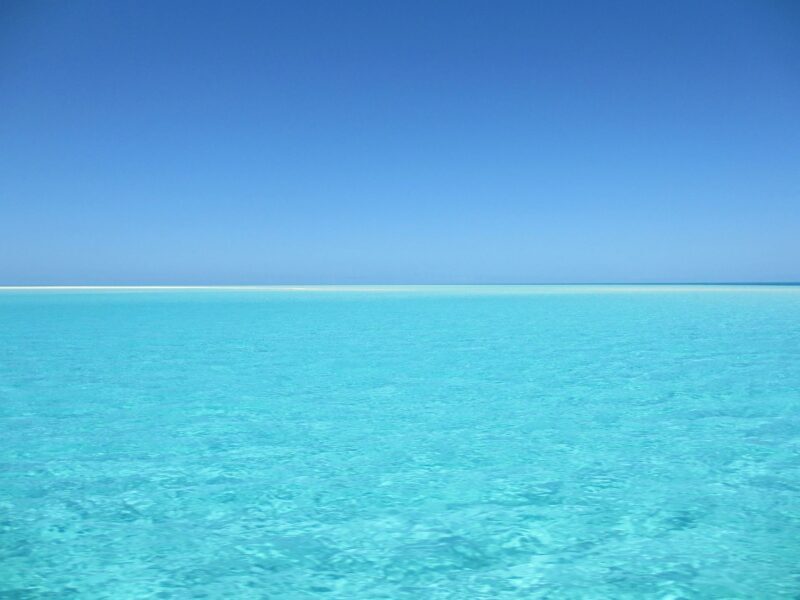Which Kind of Acne Do You Have?
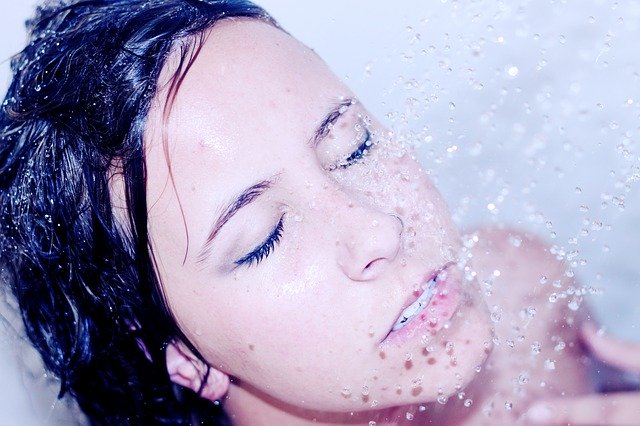
The first step towards healing is knowing yourself and making peace with the healing process. Acne is a skin condition that comes about when hair follicles become plugged with dead skin cells and oil. In most cases, acne causes blackheads, whiteheads, cysts, nodules, or pimples, which typically appear on the forehead, face, upper back, chest, or shoulders.

As much as acne can affect people of all ages, it is most common among teenagers. If you are able, you should visit a dermatologist and get a diagnosis of the actual type of acne you are suffering from to employ the correct treatment. There are multiple kinds of acne, and each one of them has its own type of treatment. The main reason for undergoing the right acne treatment is because, if acne is not well treated, it can cause scarring, and this can be a significant contribution to lowering your self-esteem. Walk with me as we discuss the different forms of acne and help you to realize your acne type.
Acne Vulgaris
Depending on the severity, acne vulgaris can lead to knots, scars, pimples, and comedones (blackheads occurring in clusters). The face is most often affected, as well as the back and chest. Acne vulgaris occurs mostly between the ages of ten and thirty and diminishes with age. In men, the condition usually occurs during adolescence, while in women, its common during adulthood. It is one of the most prevalent diseases during young adulthood and adolescence.
The skin around acne spots is sometimes reddened and painful. After some time, the affected skin could become scarred or darker. Symptoms such as joint pain, fever, and general fatigue can only happen in rare and severe situations. The main difference between this form of acne and other types is the wider range of pimples typically seen in acne vulgaris.
Comedonal Acne
This type of acne is the most often misunderstood form of acne. Comedonal acne causes blackheads, bumpy skin, and non-inflamed blemishes. It is caused when sebum, the waxy oil produced by glands in the skin, blocks hair follicles. A comedo is a single bump, while comedones are multiple bumps.
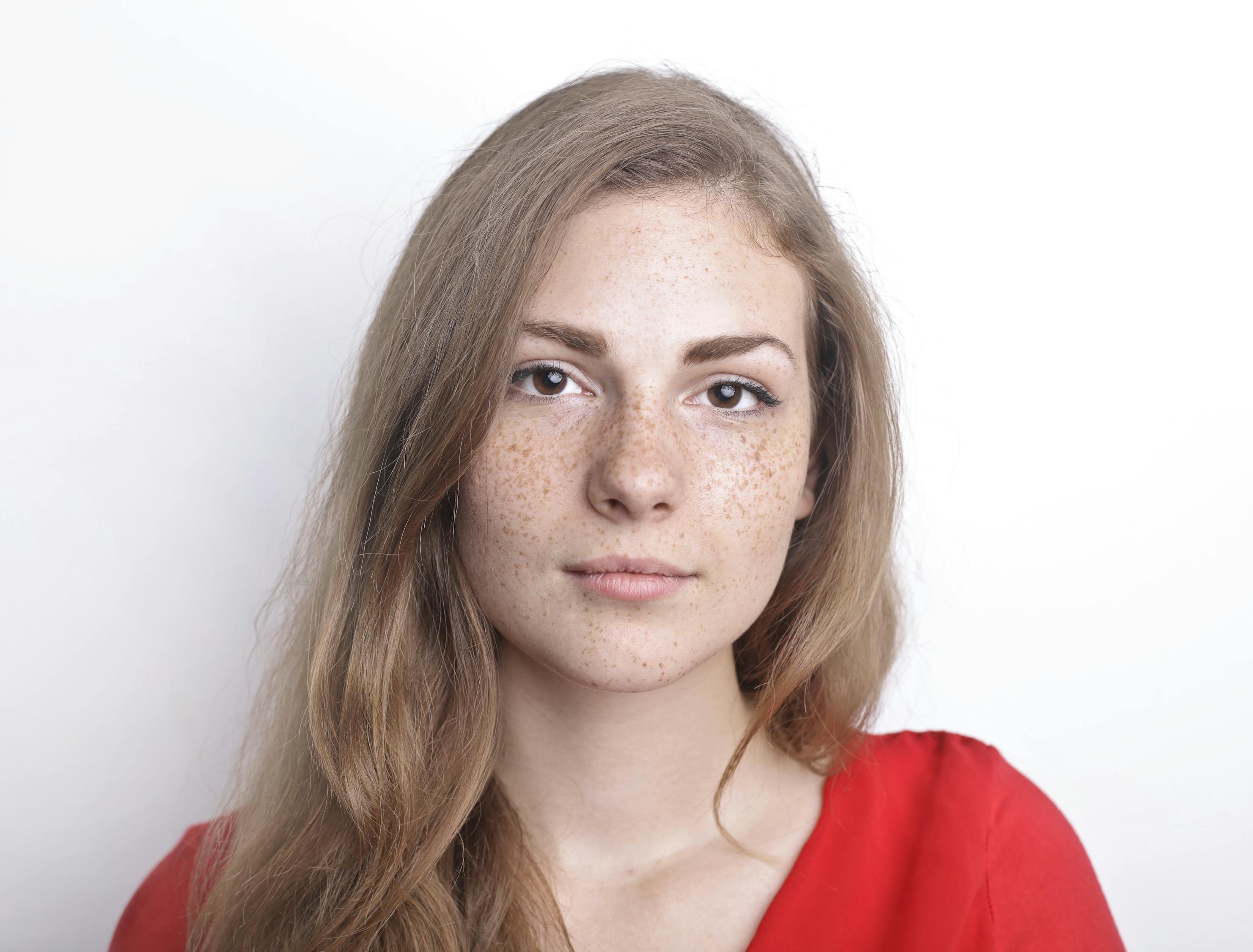
People with comedonal acne often do not realize it because its appearance is different from typical acne. With comedonal acne pimples, they do not swell excessively, have no inflammation, or render pus-like pimples. Instead, they are non-inflamed bumps; they are smaller and can either be open or closed. Comedones are most visible in the chin, jawline, and forehead, but they can develop elsewhere on the chest, back, or shoulders. Comedones either develop alongside acne vulgaris or on their own.
Hormonal Acne
Hormonal acne is not very different from acne vulgaris. It is called hormonal acne because of how the skin problem reacts to hormonal changes and, most notably, a rise in androgens. The best example of androgens is testosterone which triggers excess production of sebum and changes in skin cell activity, allowing a takeover of the hair follicles by a bacterium called Cutibacterium acnes. Acne pimples vary in severity and mostly affect the upper body and the face.
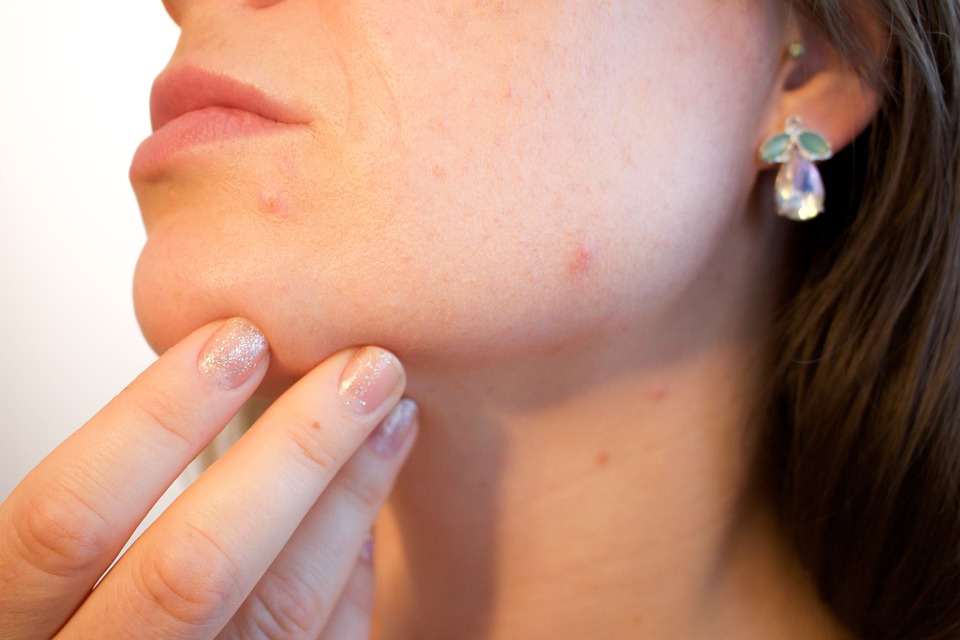
Inflammatory Acne
Acne is divided into two main types: inflammatory and non-inflammatory. Swollen red blemishes represent inflammatory acne, which could either be mild with few red pimples or a more severe form of the condition. This type of acne can occur nearly anywhere on the body, such as the chest, shoulders, back, or even the butt. However, this is entirely normal. Inflammatory acne is just as common in adults as teenagers.
Cystic Acne
Cystic acne affects far fewer people, and it is known to be the most severe type of acne. With cystic acne, skin pores become blocked, leading to inflammation and infection. This type of acne mostly affects upper arms, upper trunk, and mostly the face.
Acne does not lead to prolonged health disorders. Put your worries to sleep and get the right acne treatment to avoid any long-term effects like scarring.


